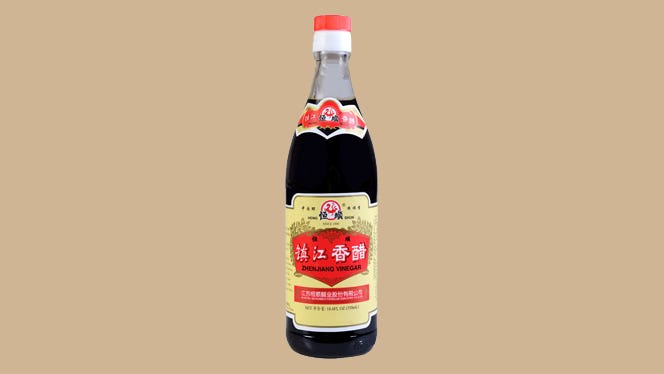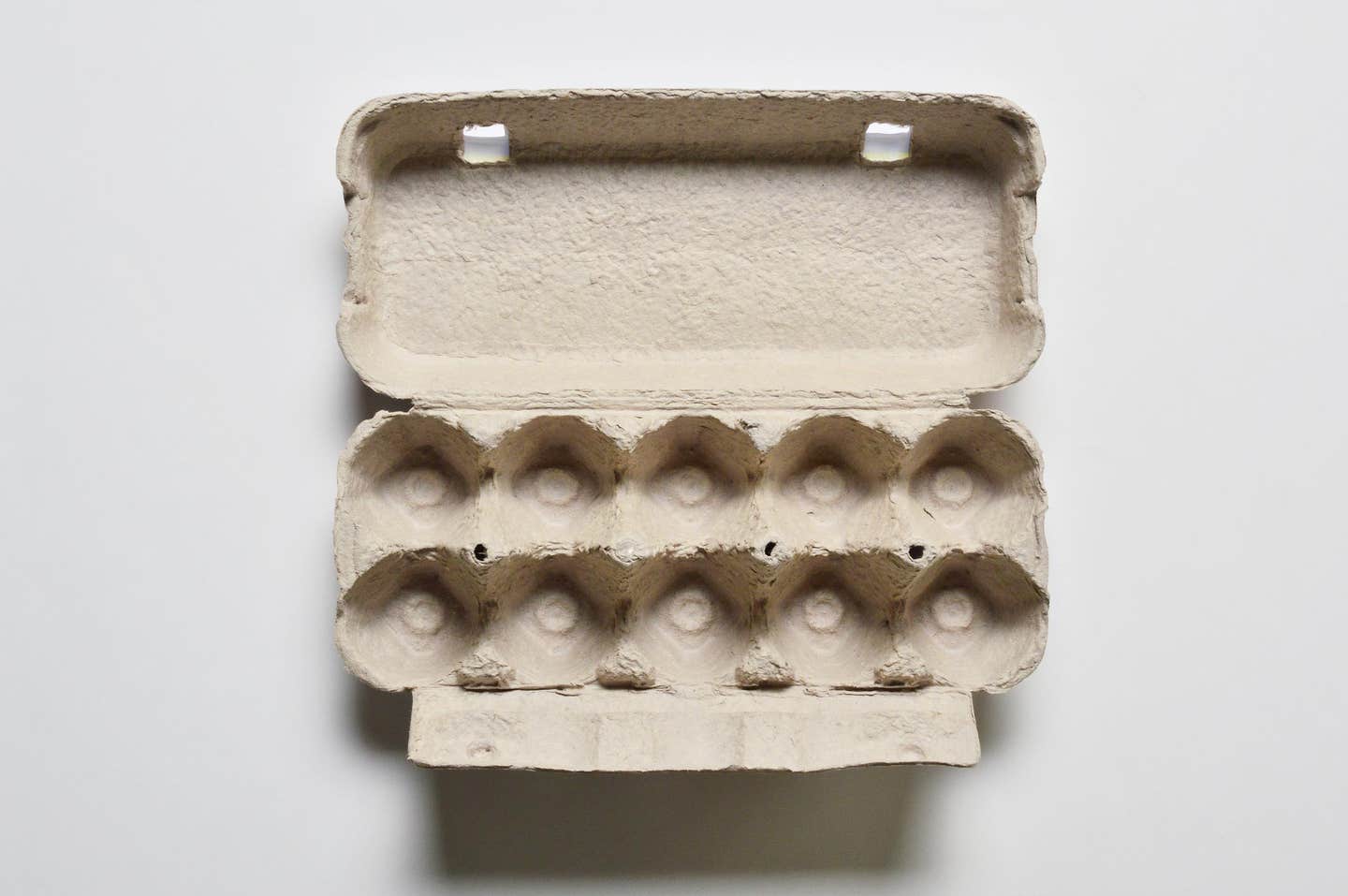Eggplant is part of the Solanaceae, or nightshade, family of vegetables, which also includes potatoes, bell peppers, and tomatoes. The most common variety resembles the shape of an egg, which is how the vegetable got its name. Here's everything you need to know to select and cook with it.
Is Eggplant Good for You?
Over the years, there’s been some concern over whether nightshade vegetables such as eggplant promote inflammation, but there have been no large-scale studies supporting this. Eggplant has a ton of nutrients, including vitamins, minerals and antioxidants. It is a rich source of fiber. Research has shown that the skin contains a flavonoid called nasunin, which is an antioxidant that scavenges free radicals in our bodies.



The Spring 2025 magazine is here!
Our gorgeous “bookazine” features over 80 fresh and tasty recipes.
How to Select and Store Eggplant
Eggplant is available throughout the year and is generally more abundant during the summer months, June through August. Follow these tips to help pick and store yours:
- Eggplant should be vivid, shiny, heavy for its size, and firm.
- Avoid eggplants with bruises, cracks, discoloration, or other indications of damage.
- Smaller eggplants tend to be sweeter than larger ones.
- To test ripeness, gently press the skin with a finger. If it springs back, it is ripe, but if the indentation remains, it is not.
- Eggplants should be stored unwashed in the crisper drawer of the refrigerator for up to three days or in a plastic bag in a cool place up to 2 days. Be sure not to cut the vegetable until you are ready to use it. Once cut, it will brown and decay quickly.
Types of Eggplants
Varieties range in size and color, from lavender to jade green to orange to white. The following are a few of the most common.
Globe (or American)
By far the most common variety in the U.S., globe eggplants have cream-colored spongy flesh encased by a dark purple, glossy skin. It is meatier than other types.
Italian
Very similar in appearance to globe eggplant, but smaller and a bit sweeter.
Graffiti (or Sicilian)
Also similar in flavor to the globe variety, but slightly sweeter, with hints of fruitiness.
Chinese Eggplant
Slender, with a striking lavender hue. Mild in flavor. Their narrow shape makes them perfect for slicing and quickly sautéing.
Japanese
Japanese eggplant is similar in size and shape to the Chinese variety, but typically will have a deeper purple skin and a more pungent flavor.
White
White varieties are similar in shape to American eggplants, though they tend to be smaller and slightly sweeter or more mild.
How to Use Eggplant
Eggplant can be used in countless ways: baked, steamed, sautéed, stir-fried, the list goes on and on. Here are some preparation ideas to get you started:
- Pierce a whole eggplant with a fork a few times. Roast whole until fork-tender; cool until easy to handle. Cut open and scoop out the flesh. Place in a food processor with 1 tablespoon tahini, ½ teaspoon lemon zest, 1 tablespoon lemon juice, 1 cup chopped fresh parsley, and ½ teaspoon of minced garlic. Blend until smooth, and serve as a dip.
- Dice into ½-inch cubes and add to stir fries.
- Slice into rounds, brush with marinade, and grill. (See more on how to make Veggie Steaks here.)
- Cut in half lengthwise, bake cut-side down, and then scoop out the flesh and make “boats” filled with the flesh and other sautéed vegetables and chopped nuts.
Recipes
Get cooking with our roundup of vegan eggplant recipes!
Related News
Get Our Best Price On The Forks Meal Planner

Forks Meal Planner takes the guess work out of making nutritious meals the whole family will enjoy.
SAVE $200 ON OUR ULTIMATE COURSE

Join our best-selling course at a new lower price!



